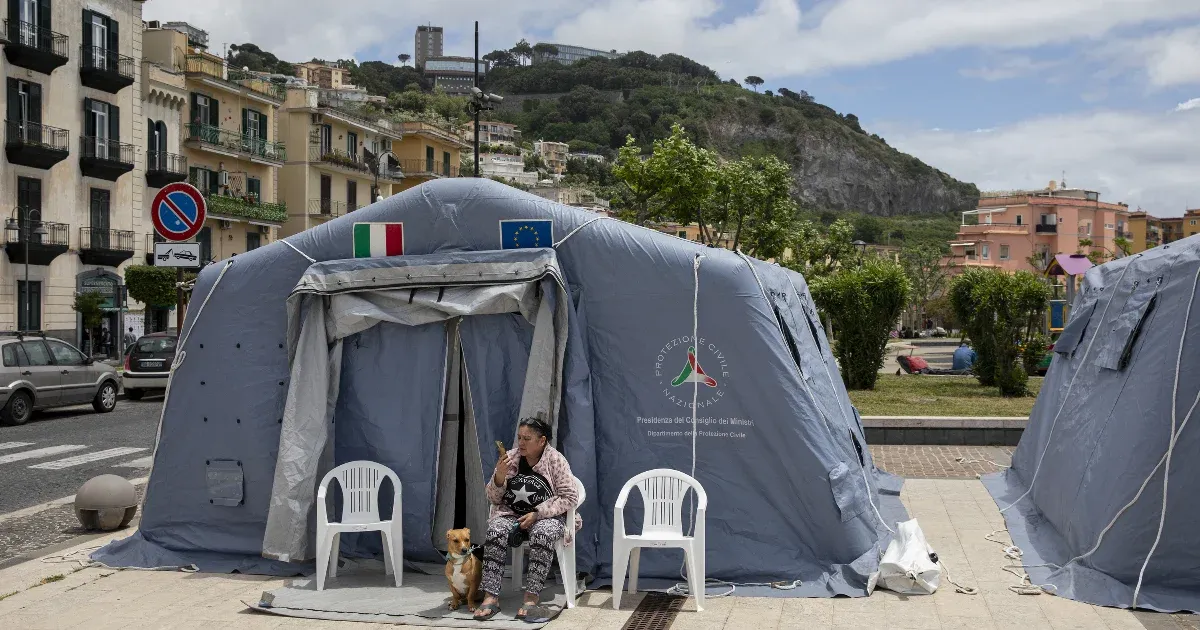After a 4.4-magnitude earthquake struck just 15 kilometers from central Naples on Monday evening, Italy's Minister of Disaster Protection announced on Wednesday that the government was prepared for any eventuality and was working on a new evacuation plan.
According to an MTI report, Nelo Musumeci said:
The earthquake that has been recurring since Monday in the province of Campania may stop suddenly and for a longer period of time, but it is likely to continue for months or years.
Therefore, the government and authorities are preparing an evacuation plan that can be used to evacuate the red zone, where 80,000 people live, within a short period of time. There was an evacuation plan in the past, but now it has to be reviewed due to the population density in the area which has since become higher.
After the new concept is published, a training session for residents will be held in the last days of May. Meanwhile, five hundred million euros will be allocated to restore damaged buildings and make them safe, said the minister, who said inspections of the buildings have already begun, and they want to make schools safe in the first round.
The last significant movement was measured Wednesday morning, with a magnitude of 3.6. The epicenter of the earthquake was approximately four kilometers deep in the open sea, in the Gulf of Pozzuoli. “In the Campi Flegrei area, “there is zero risk,” Nello Musumeci said at the press conference. “Anyone who lives here knows how complex, difficult and dangerous it is to live here,” he added, adding that despite the risks “it is possible to intervene and mitigate the impact of natural phenomena.” Vesuvius forms the static Since 1944 a danger to the Naples area, the entire Campania region is considered an earthquake zone, and the inhabitants of Campi Flegrei are at risk from movements associated with subsidence and uplift of the land.
Geologist Mario Tosi told the daily newspaper La Repubblica on Wednesday that Naples and its region were built on a “supervolcano,” which is in fact a volcanic system consisting of twenty-nine volcanoes and so-called eruption points, with a total area that is home to about six hundred thousand people.












































